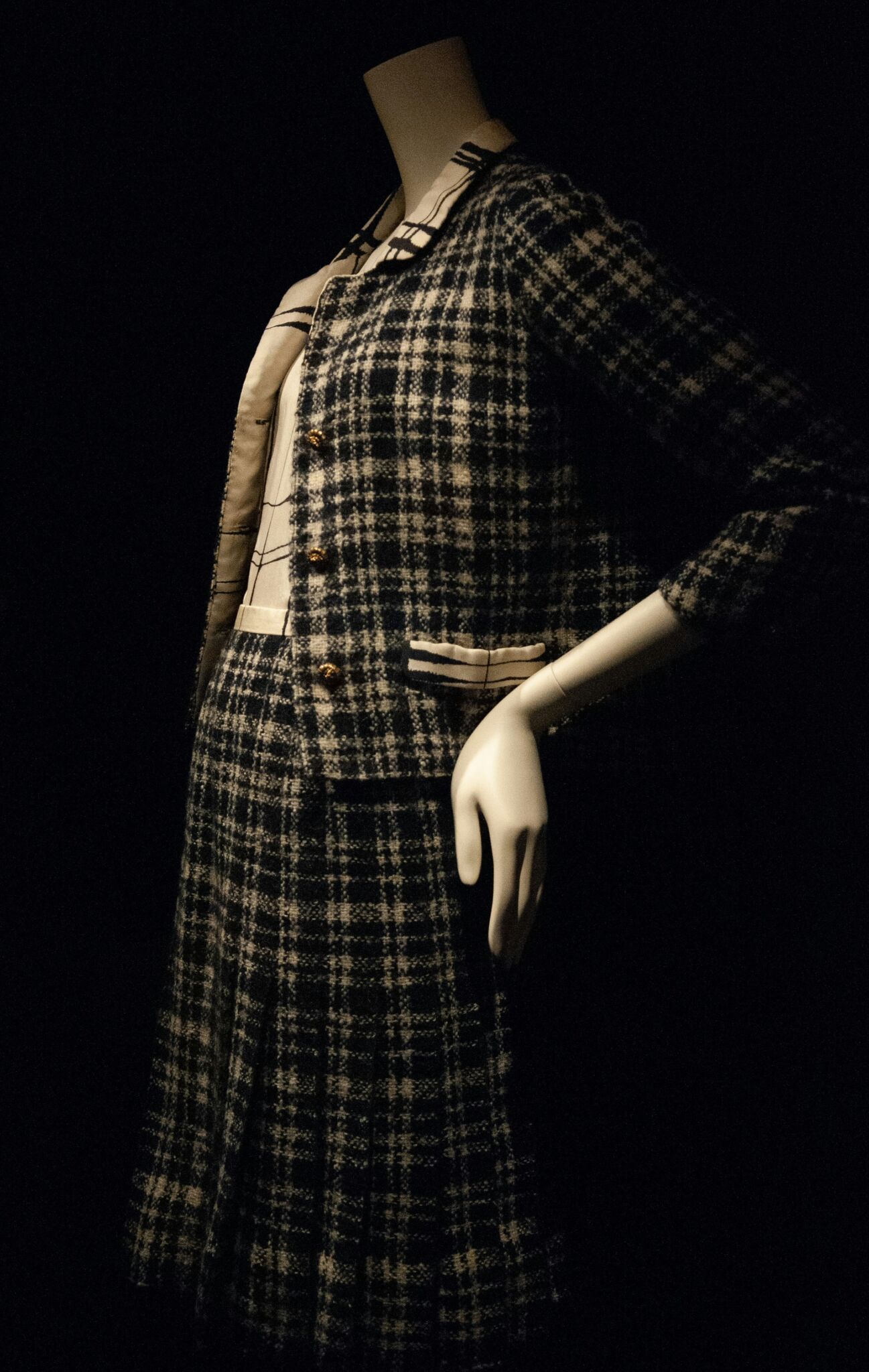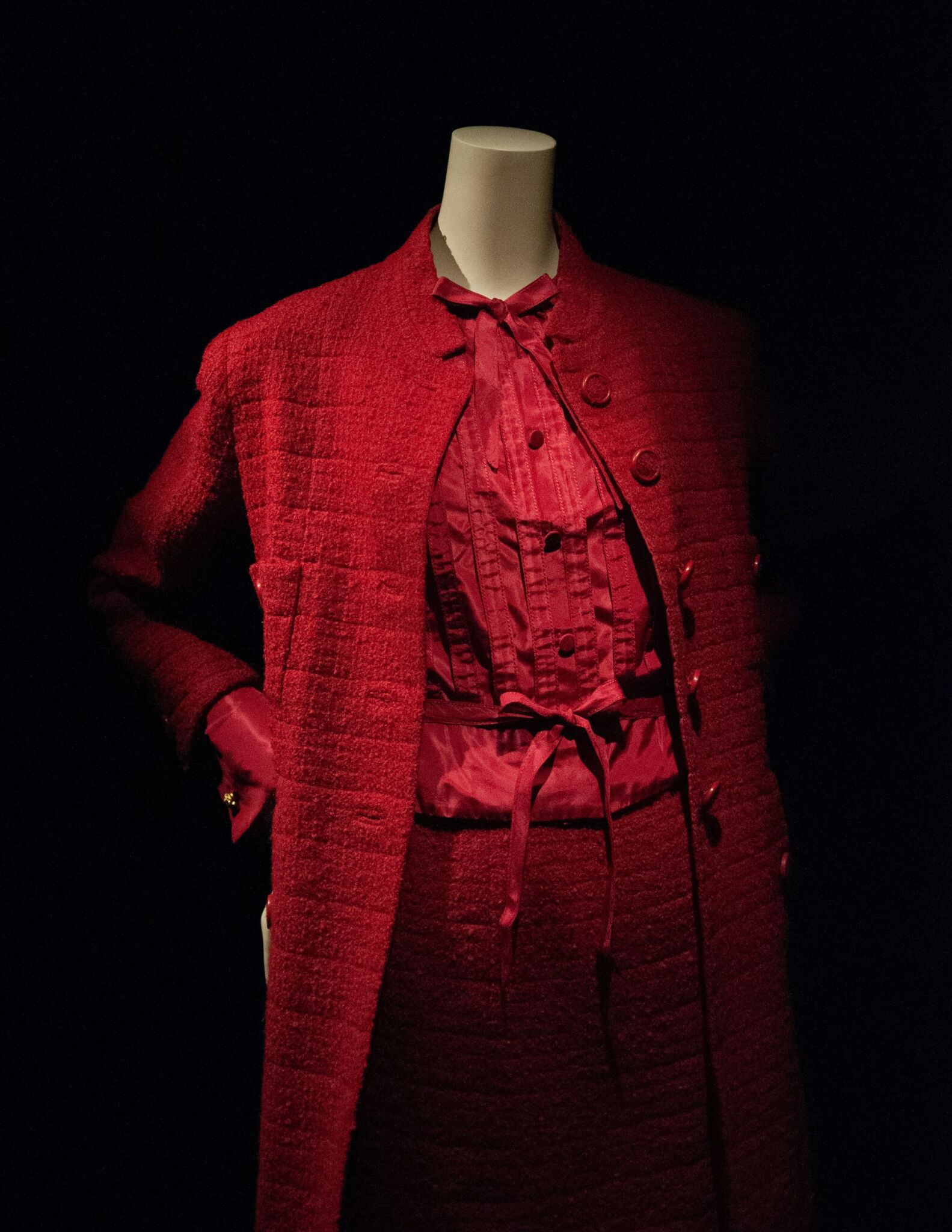Coco Chanel – the birth of a legend
"May my legend prosper and thrive. I wish it a long and happy life!" – Gabrielle Chanel

From young to old, we are all familiar with the Chanel fashion house. We all know that at its origins stands a bold and elegant woman who changed the course of fashion history and became a legend in her lifetime. Gabrielle Chanel's story is not a fairy tale about a Cinderella who was lucky enough to meet a prince. It is the story of a revolutionary, a rebel, and an icon of an entire era. Her innovative and daring ideas reshaped the conventional image of women's wardrobes, and many of the designs she created remain timeless classics to this day.
Coco
Chanel was born on August 19, 1883, in the French town of Saumur. She was named Gabrielle in honor of the nurse who helped deliver her. Besides Gabrielle, Jeanne Devolle and Albert Chanel had four other children. When Gabrielle was 12 years old, her mother passed away. Her father was unable to care for his five children, so he sent the boys to live with relatives and placed his three daughters in a Catholic orphanage at the Church of the Sacred Heart in the town of Aubazine. Chanel stayed at the orphanage until she was 18, where she learned to sew and embroider from the nuns. After leaving the orphanage, Gabrielle moved to the city of Moulins, where she worked as a seamstress by day and sang in a cabaret at night. One of her favorite songs was "Qui qu’a vu Coco," which she often performed as an encore. This is how she earned the playful and catchy nickname "Coco." However, Coco did not intend to pursue a singing career. Chanel always stood out, not only because of her distinctive appearance but also because of her vibrant personality. She quickly made friends in influential circles, where she met her lover, Arthur Capel, known as "Boy."
Hats off
Gabrielle’s close friend Etienne Balsan and her lover Arthur Capel helped her start her own business. It all began with a hat shop. In 1909, Chanel opened a millinery boutique in her small Paris apartment. Her business quickly took off, as customers were drawn to Chanel's imaginative and whimsical hat designs. Soon, in 1910, Coco and Boy opened another hat shop in one of Paris’s fashionable districts. The business continued to expand, and in 1913, Chanel opened her first boutique in Deauville.

photo: Talbot
The patroness of knitwear
The First World War brought shortages of goods and raw materials, including fabrics. Gabrielle began making clothes from jersey, a knit fabric that was unconventional at the time. These dresses were different from the usual attire with defined waists and numerous details – Chanel's designs were loose, comfortable to wear, and easy to maintain. Coco earned a reputation as a pioneer in fashion. In 1915, Chanel opened a fashion house in Biarritz. Gabrielle introduced trousers for women, thus revolutionizing the female wardrobe. She championed comfort and freedom, ideas that quickly resonated with many.
The tweed suit
In 1921, Chanel introduced another groundbreaking creation – the tweed suit, consisting of a collarless jacket and a skirt that fit the figure. This suit later became the signature look of the United States' First Lady, Jackie Kennedy. That same year, Gabrielle launched her first perfume. She was assisted in creating the unique, luxurious, and alluring scent by perfumer Ernest Beaux. Coco chose the fifth sample presented to her and named the perfume "Chanel No. 5."

photo: Fernando Andrade/Unsplash

photo: Yves Monrique/Unsplash

photo: Instagram/Chanel Official
The little black dress
In 1919, Chanel’s lover, Arthur “Boy” Capel, tragically died in a car accident. This was a devastating blow, and afterward, she wore only black for a long time. Later, in 1926, Chanel decided to reinterpret this mournful color and created a versatile clothing collection that included the now-iconic little black dress. This item became not only a flagship design of the House of Chanel but also an essential wardrobe piece for every woman for decades to come.

photo: Yves Monrique/Unsplash

photo: Yves Monrique/Unsplash
War is no time for fashion
When the war began in 1939, Gabrielle felt that it was not the right time for fashion and closed her business. Later, she left Paris and moved to Switzerland. Chanel returned to the fashion capital only in 1954, at the age of 70. She had long observed and was dismayed that French fashion was being dominated by men like Christian Dior and Cristóbal Balenciaga, and she decided to return to work immediately. She soon presented her first post-war collection to the world.

photo: Yves Monrique/Unsplash
Farewell to a legend
Gabrielle Chanel spent her last night finishing work on a collection that was presented to the public two weeks after her funeral. Chanel passed away on January 10, 1971. Hundreds of people came to bid farewell to the fashion legend, including Yves Saint Laurent and Paco Rabanne. Chanel was never a follower; she was always a trailblazer and trendsetter. On her birthday, we remind ourselves that Chanel never goes out of style.

photo: Yves Monrique/Unsplash


